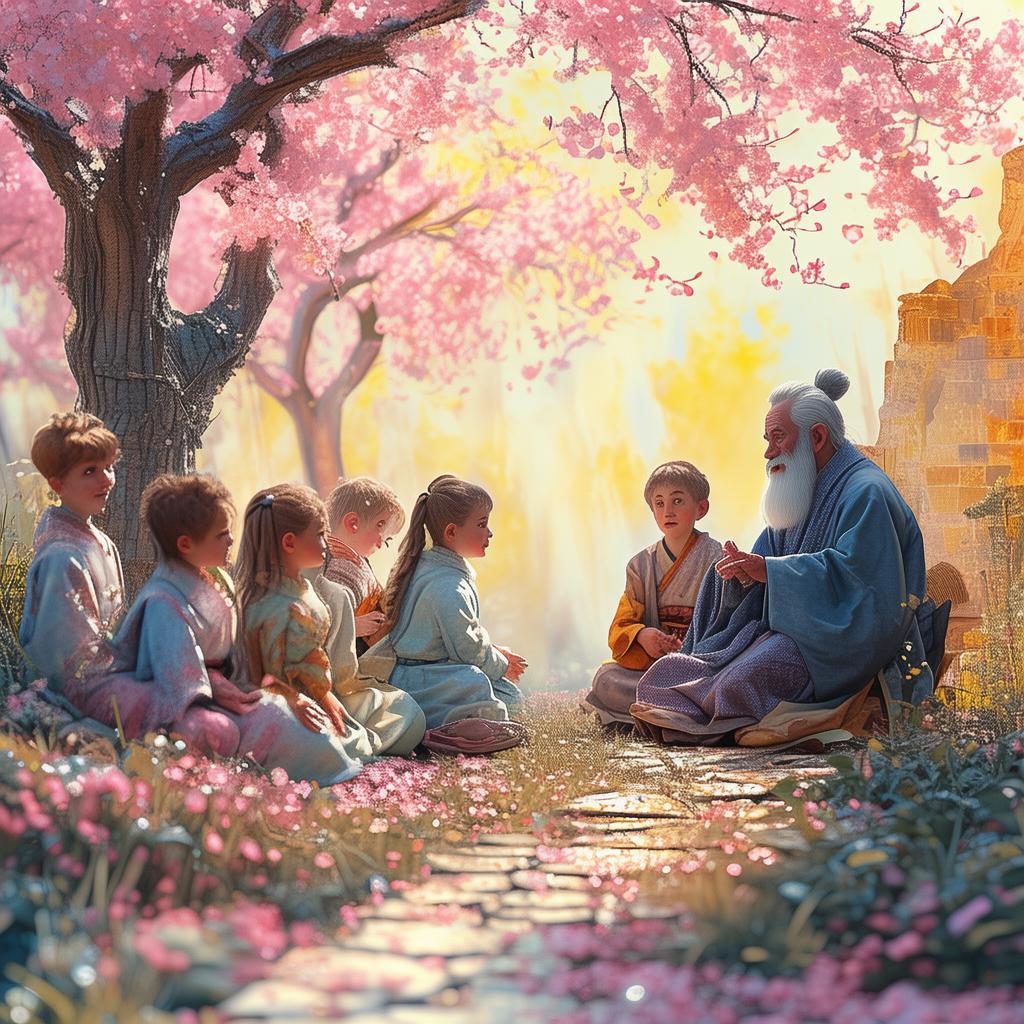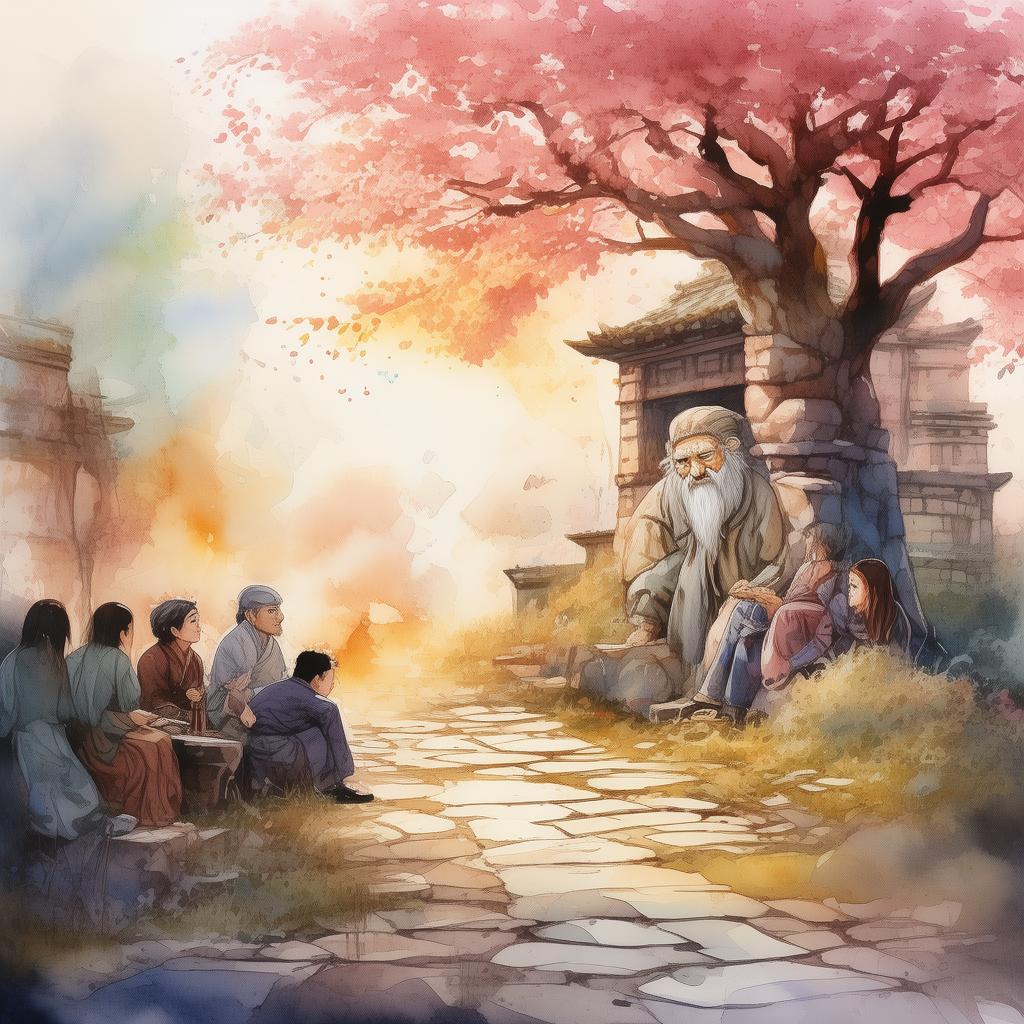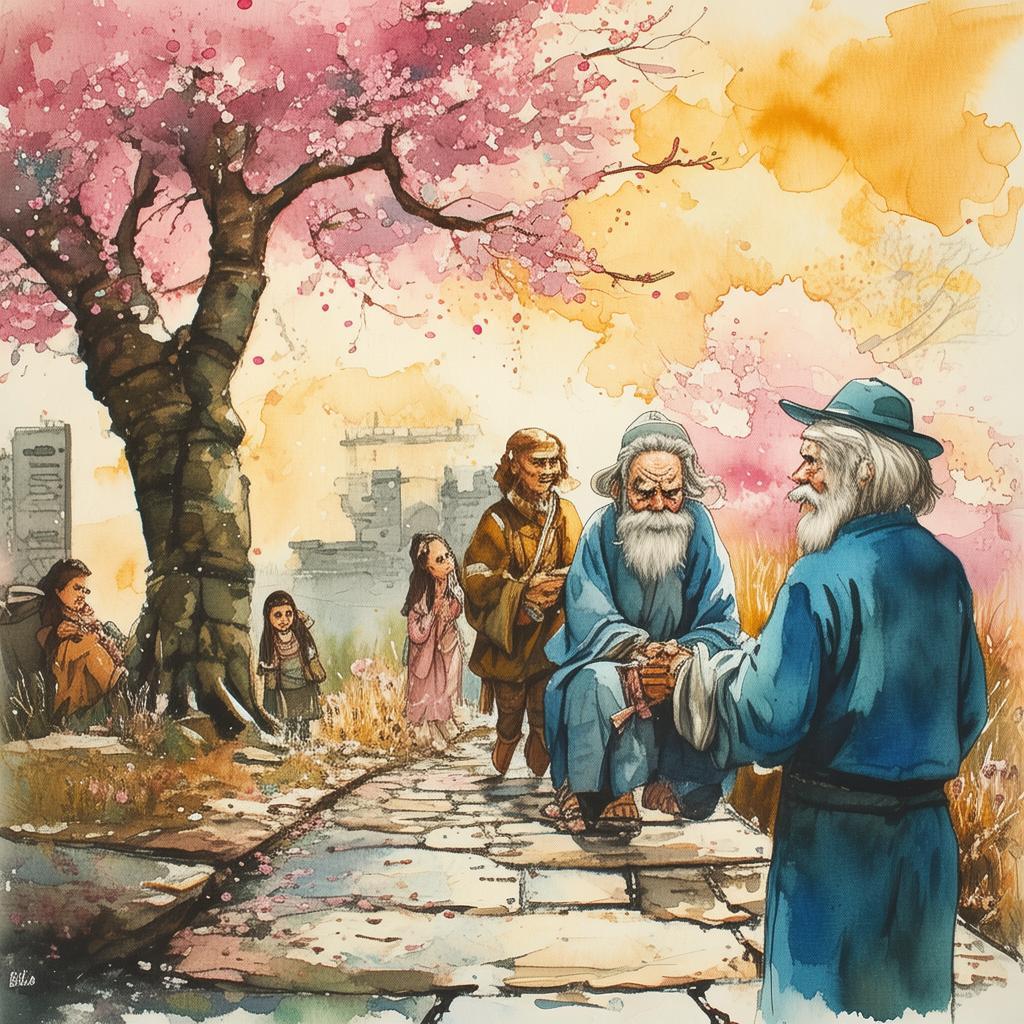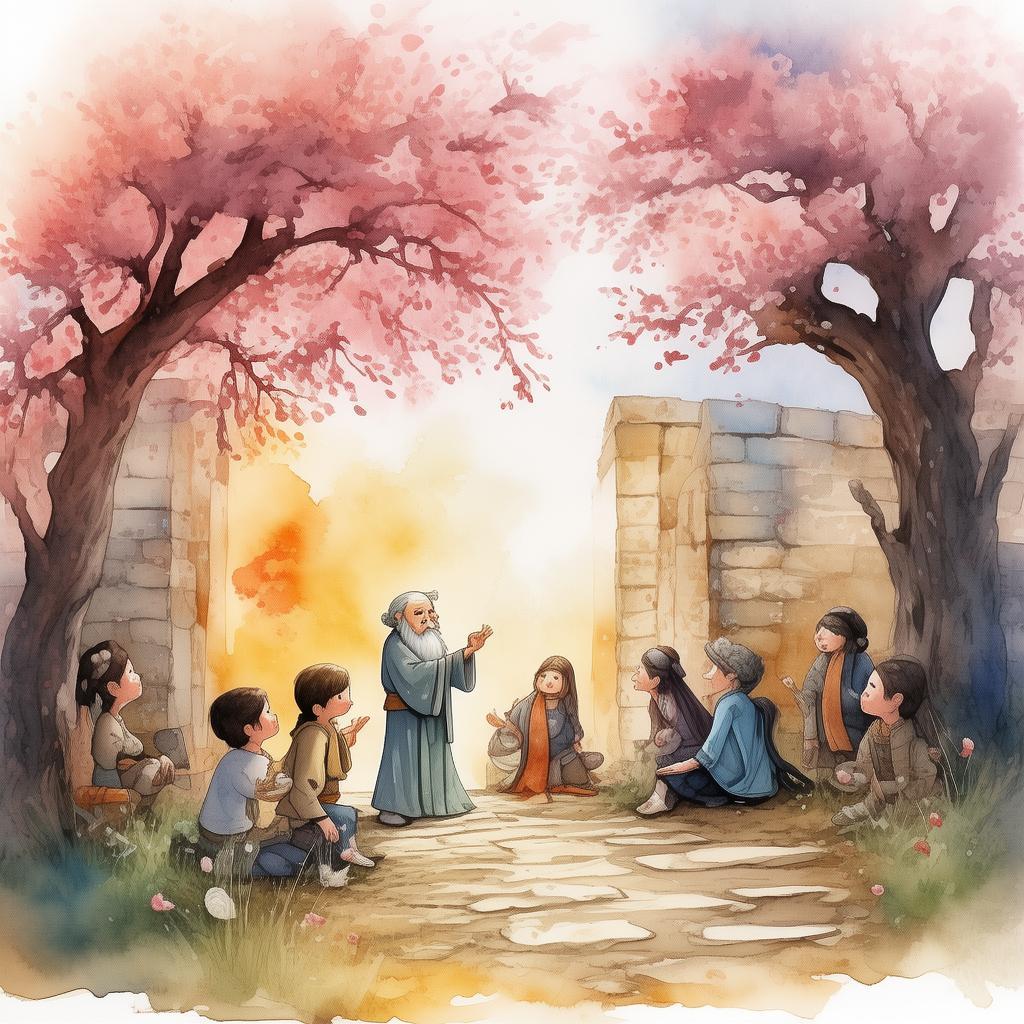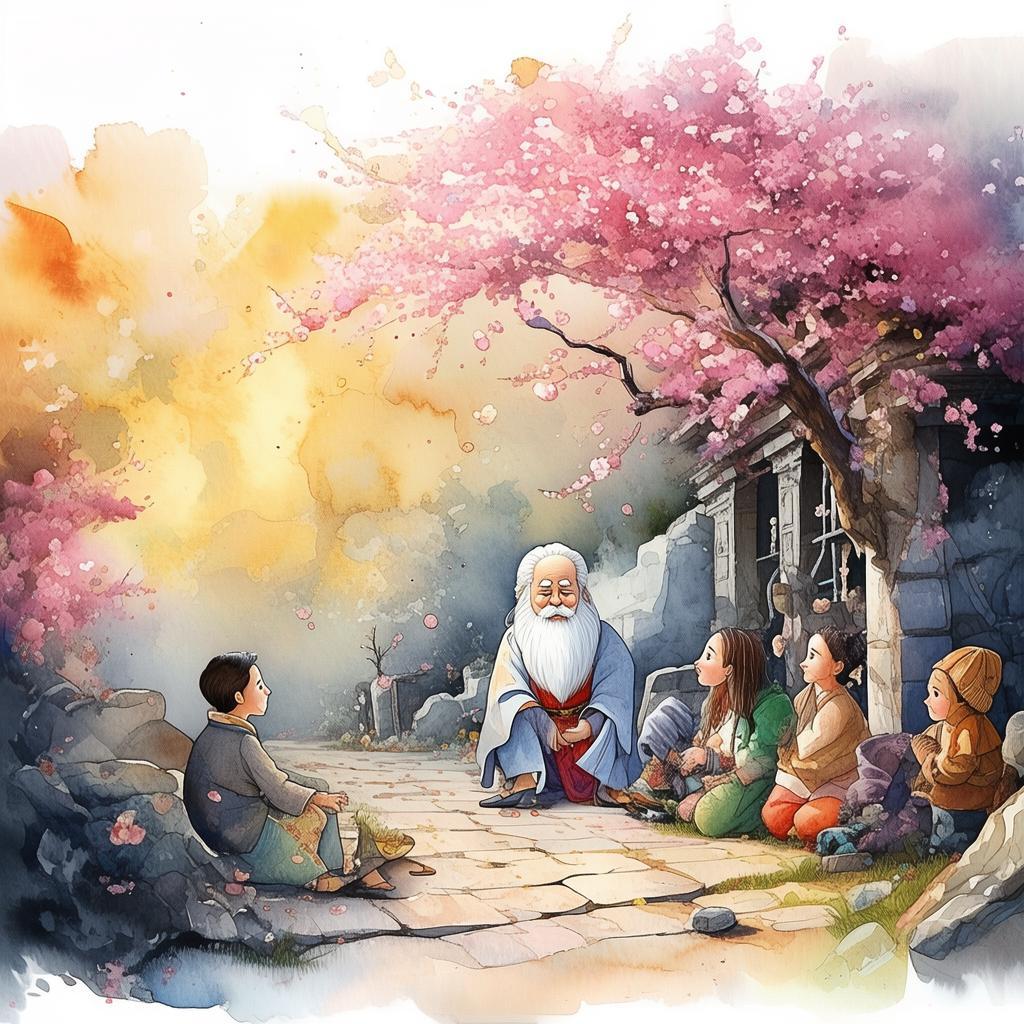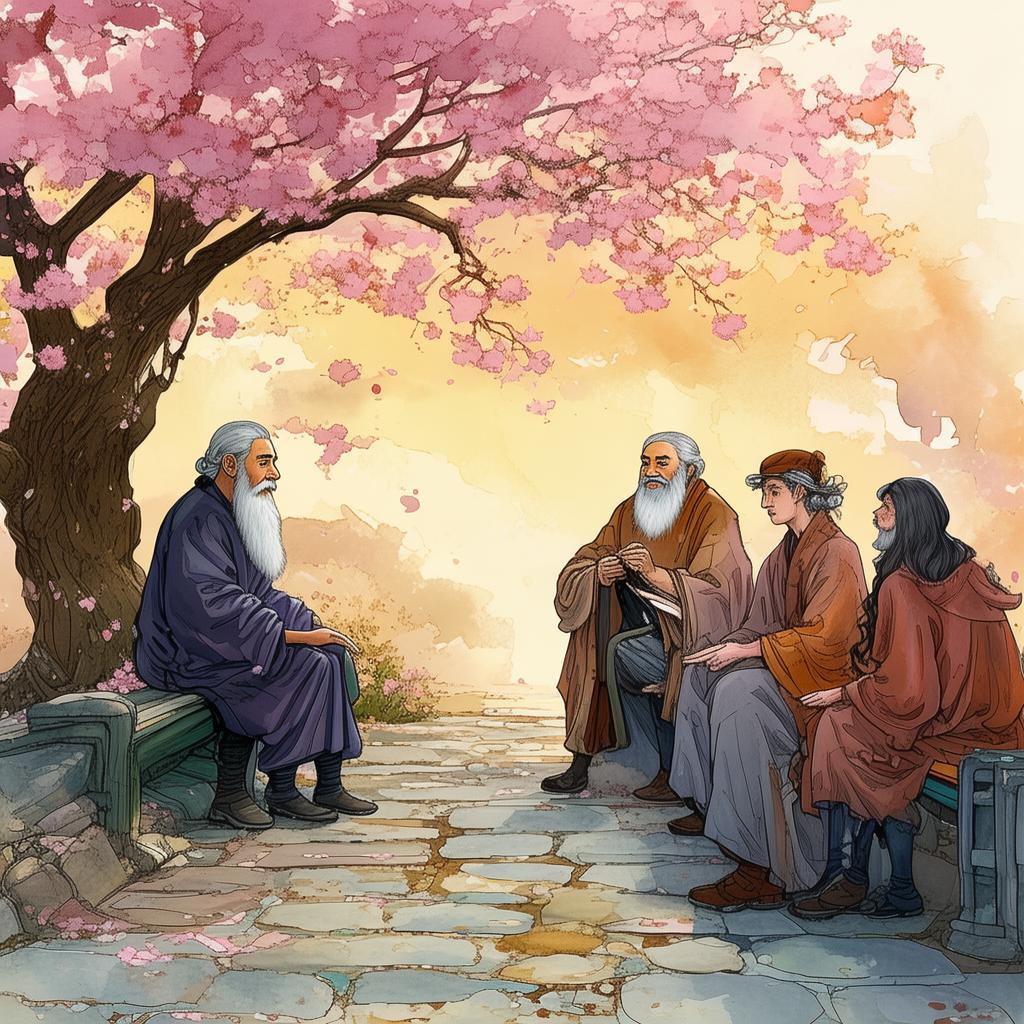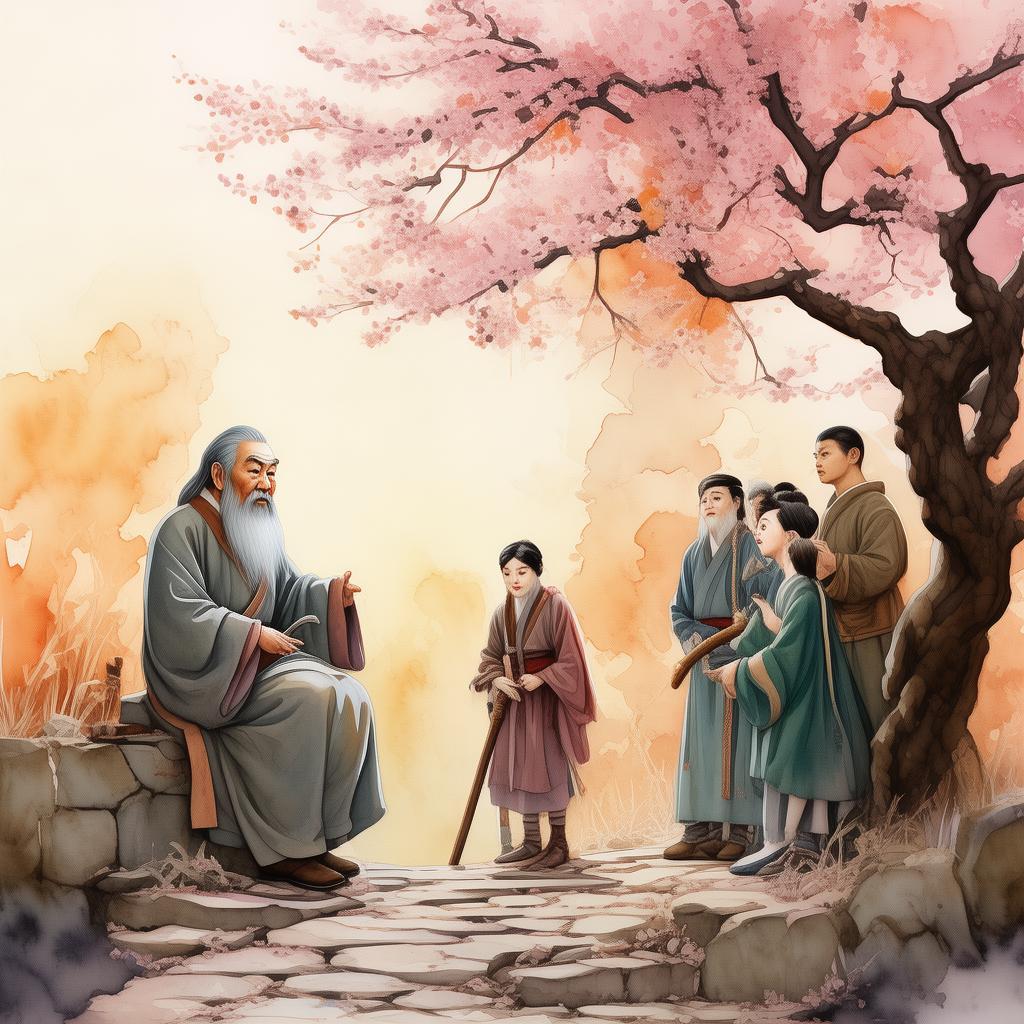The Resilience Renaissance: A Novelist's Quest to Write the End of Suffering
In the bustling heart of a city that never sleeps, there lived a man named Eamon, a man whose eyes held the weight of the world's sorrows. Eamon was not just a writer; he was a novelist with a mission: to write the end of suffering. His latest novel, "The Resilience Renaissance," was his magnum opus, a tale that he believed could change the course of human history.
The story began in a small, cluttered apartment, filled with books and papers scattered about. Eamon sat at his desk, the light from the window casting a golden hue over his face. It was there, in the quiet solitude of his sanctuary, that the words of his novel would come to life.
The first chapter introduced us to a character named Elara, a young woman who had faced more hardships in her short life than most could bear. Elara had lost her parents in a tragic accident, been trafficked, and endured countless abuses. Despite her suffering, she clung to the hope that one day, her life would have meaning.
As Eamon delved deeper into Elara's world, he found himself drawn into her plight. He poured his heart and soul into her character, creating a narrative that felt both authentic and transformative. The readers were captivated, their hearts racing with the hope that Elara's journey would bring her salvation.

Elara's resilience became the core of the story. She faced adversity with a strength that was both awe-inspiring and humbling. Eamon's portrayal of her struggle was not just a narrative device; it was a reflection of his own life's work. He had seen the depths of human suffering and the extraordinary resilience that people possessed.
The novel delved into the lives of other characters, each with their own tales of suffering and resilience. There was Leo, a soldier who had seen the worst of humanity and still found the courage to fight for peace. There was Aisha, a child who had learned to love and laugh despite the horrors she had witnessed. Each character's story was a testament to the indomitable spirit of the human race.
As the story unfolded, Eamon's readers became part of Elara's world. They felt her pain, celebrated her triumphs, and shared her journey. The novel became a beacon of hope, a testament to the resilience of the human spirit.
But Eamon knew that his work was far from over. "The Resilience Renaissance" was just the beginning. He believed that his story could inspire change, that it could encourage people to look at suffering differently, to find strength in their own resilience.
He began to speak at conferences, schools, and community events. He shared his vision of a world where suffering was not just endured but transcended. His words resonated with people, and he saw a ripple effect in the lives of those he touched.
The climax of the novel arrived when Elara, with the help of her newfound friends, found a way to heal the wounds of her past. It was not just a victory for her but for all who had journeyed with her. Eamon's readers felt a surge of hope, a belief that they too could overcome their own trials.
As the story ended, Eamon sat back, a sense of accomplishment washing over him. "The Resilience Renaissance" had not only been a novel; it had been a catalyst for change. It had brought people together, given them a shared purpose, and inspired them to fight for a better world.
Eamon's journey had come full circle. The man who had once felt the weight of the world's sorrows now saw the potential for healing and hope. He had written the end of suffering, not as a single event, but as the beginning of a new era—a resilience renaissance.
The Resilience Renaissance: A Novelist's Quest to Write the End of Suffering was not just a story; it was a call to action. It showed that in the face of adversity, human resilience could triumph. And in Eamon's novel, that triumph had begun.
✨ Original Statement ✨
All articles published on this website (including but not limited to text, images, videos, and other content) are original or authorized for reposting and are protected by relevant laws. Without the explicit written permission of this website, no individual or organization may copy, modify, repost, or use the content for commercial purposes.
If you need to quote or cooperate, please contact this site for authorization. We reserve the right to pursue legal responsibility for any unauthorized use.
Hereby declared.


